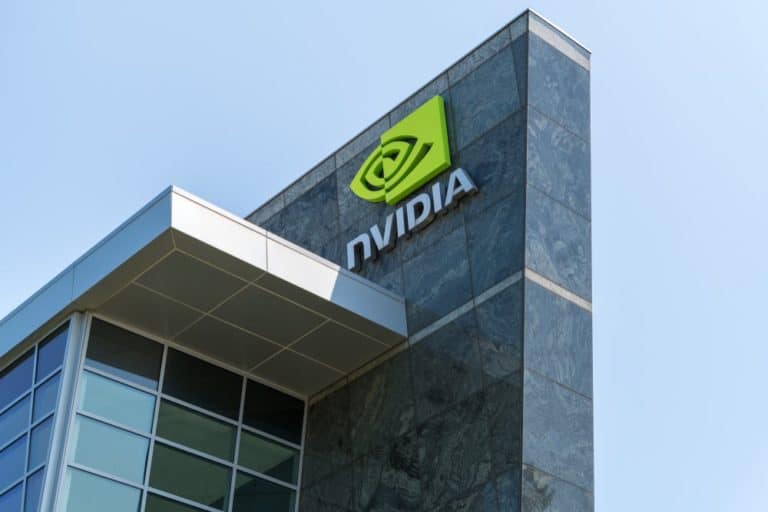Nvidia, mainly known for their GPU-solutions, has announced partnerships with Ericsson, Red Hat and Microsoft. These partnerships should enable Nvidia to venture into 5G and help create high-performance Radio Access Networks.
Ericsson
The partnership with Ericsson concerns a collaboration on virtualized 5G RAN networks (Radio Access Networks). The partnership will enable telecom companies to build high-performance and highly efficient networks of this type. This should lead to a faster and more flexible introduction of new Artificial Intelligence and Internet of Things services. According to Jensen Huang, CEO of Nvidia, this would be the only software-defined 5G Radio Access Network that has been developed so far.
Augmented and virtual reality services, as well as gaming services in general, could be delivered with the new networks. “5G is set to turbocharge the intelligent edge revolution,” Huang said.
Red Hat
The Red Hat partnership is focused on delivering software-defined wireless infrastructure running on Red Hat’s container platform, OpenShift. This should make AI applications more accessible on the edge of telecom networks.
Nvidia Aerial has been announced as a software development kit to help telecom providers build the 5G RANs. The Nvidia EGX Edge Supercomputing Platform will also have an important role, allowing organizations to analyze and utilize data streams from factory locations, inspection lines and urban environments, amongst others.
Microsoft
Nvidia and Microsoft will work together as well, to better integrate Nvidia’s EGX platform with Microsoft Azure. This should take edge-to-cloud computing capabilities to the next level. The aim is also to give organizations better control over data streams coming from e.g. retail locations, factories, warehouses and urban infrastructure in general.
Nvidia sees this as the biggest computing project ever: “In time, this will be the largest-scale computing ever created, connecting trillions of smart sensors. Nvidia’s and Microsoft’s platforms dovetail to offer customers an end-to-end solution from edge to cloud,” says Huang.
